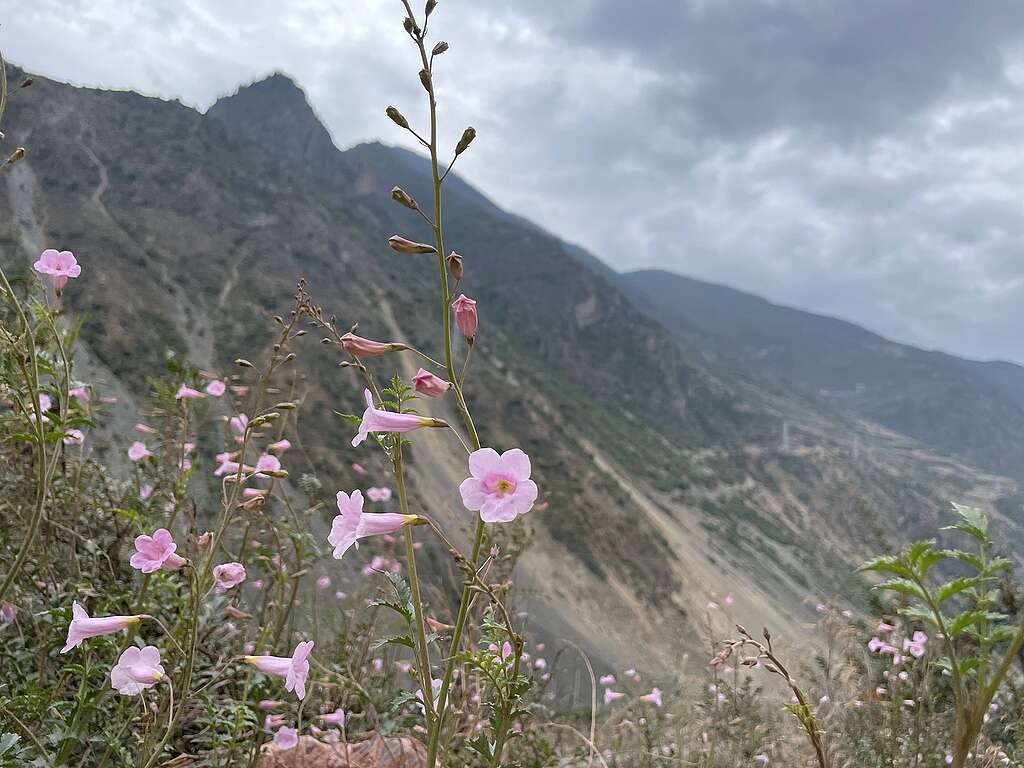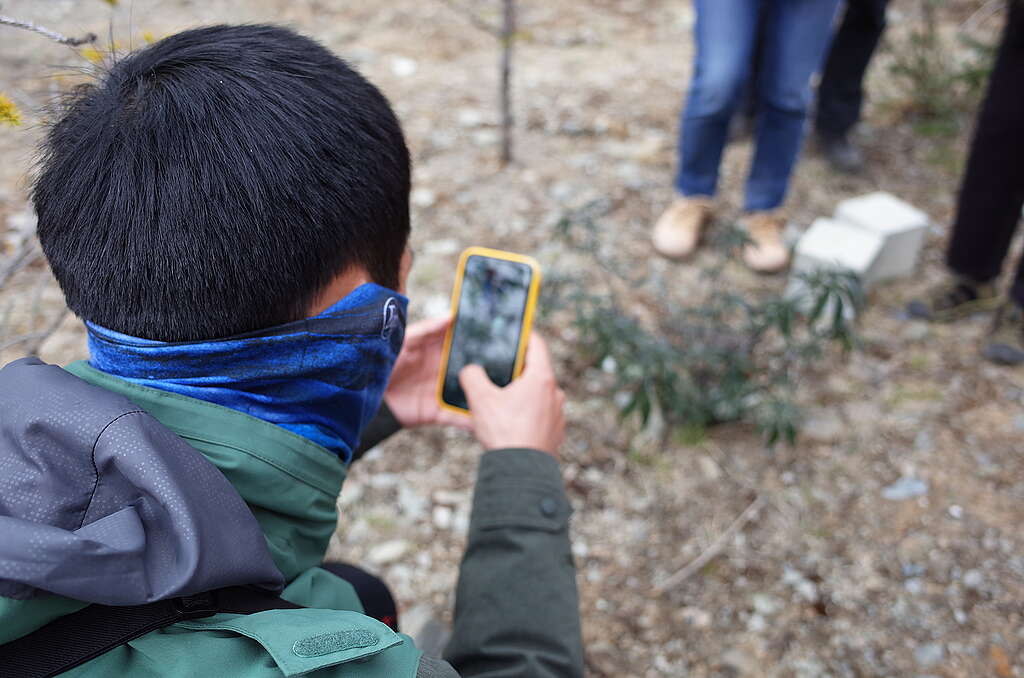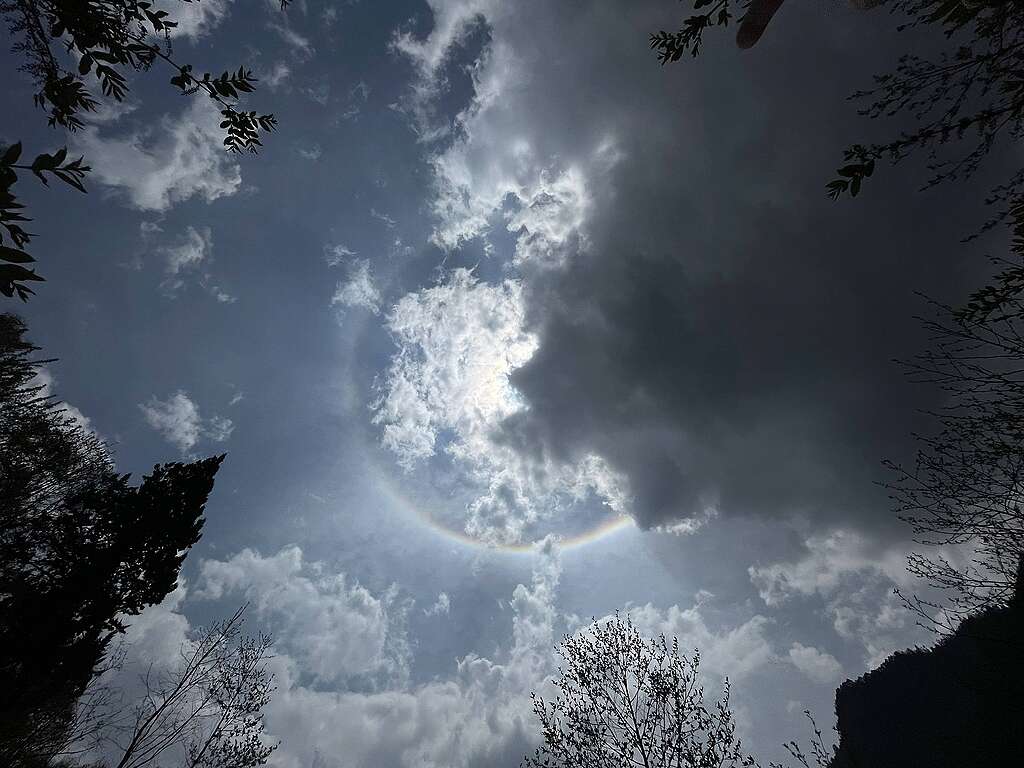
Growing up in China’s southwestern Yunnan province, Haixian studied computer science in the early 2000s, but ended up working at the Shangri-La Alpine Botanical Garden after graduation. Speaking to researchers from Greenpeace East Asia’s Beijing office, she reflects on 20 years monitoring and restoring high-altitude biodiversity in the Hengduan Mountain range.
The hour-plus long interview has been edited for brevity.
Greenpeace: Why did you choose to work at the botanical garden? Why not a more typical job?
Haixian: There are pretty much no factories here, and only a few service sector jobs, like hotels or restaurants. So there was an opportunity at the botanical garden is all. There was no particular reason. Actually at the time I wasn’t too familiar with the botanical garden. It was just another job.

Greenpeace: I know you’re Nakhi [a minority nationality community of Indigenous People in the Hengduan Mountains¹]. Do Nakhi people have customs or traditions in forestry or botany?
Haixian: No special traditions. The older generations’ way of life was farming. My father was not Nakhi – he is from Xinjiang. My mother is a real Nakhi. And I am Nakhi, but I don’t know much about the specifics of Nakhi culture or customs. I am somewhat sinicized, and I can’t read Naxi-Dongba characters, and I haven’t bothered to learn them.

Greenpeace:How did you develop your skills in recognizing plant types?
Haixian: As of 2024 I’ve been doing this for 20 years. Actually, I really have zero foundation. First I learned to identify the specimens we take. But really you can’t identify plant type by using specimens, because the characteristics in shape and color change when the plant dries out. Due to the lack of equipment, we can’t do identification by molecular testing. So we can only use the plant’s morphology. Studying this need to incorporate field work more. In field surveys, you see reds and greens that after drying will change. Even flowers will change color. So field survey and specimen identification need to be synchronized.
Greenpeace: You seem to enjoy it.
Haixian: Yes – I really do. Otherwise I wouldn’t have kept up with it for 20 years.
Greenpeace: When do you feel most happy doing this?
Haixian: I’d rather be in the field, going out into the wilderness. Before I had children, I loved just going off into the countryside. When I was single, I didn’t need to care about much and I was in good shape. Now I’ve got to watch the kids. So that’s that.

Greenpeace: Why do you like going into the wilderness? It’s quite tiring for a lot of people, who maybe feel indoor work is more suitable.
Haixian: If you’re physically exhausted, you can get over it with some rest. If you’re in an office writing materials all day long, and can’t get it done in a few hours, then what you need isn’t rest. Field work is tough, and for physical labor you just need to rest to get better. Plus, you can travel around for free and see the scenery. Still, when it’s tough it is tough. If it rains or snows, or sometimes I still get lightheaded when the mountains are above 5,000 meters.

Greenpeace: When you do surveys, do you go by yourself? Or do some colleagues go with you?
Haixian: We have a team. Usually no less than 4 people. Two men and two women, which makes booking accommodation more convenient. Over the the last few years, the longest trip was a scientific expedition to the Qinghai-Tibet Plateau, going to Tibet and Sichuan for about 20 days. But the conditions were good. We didn’t have to camp out in the field. When we work in northwest Yunnan, we have to camp. We’ve been doing that program for about 20 years, since 2005 when I was new. We go up to 4,000 meters above sea level and need to stay in the mountains. There are three to four peaks at each site and we need to monitor the peaks and the plantlife there. We stay for five to six days.

Greenpeace: What is the significance of your restoration work?
Haixian: My work is quite crucial for ecological restoration. You first have to look at all the types of vegetation around the area, and see what plants are suitable for the area. People assume you can just bring in seedlings from outside, move them in, plant them, and watch them grow. But you have to restore it to a state close to original vegetation, but of course it won’t be exactly the same. After surveying what is most suitable, we go back and pick seeds of fast-growing plants and sow them to first fix the soil. Pioneer plants grow fast and cover large areas.
Greenpeace: Can you give an example of a plant used for ecological restoration??
Haixian: Plants are sensitive to the altitude and the region. Restoration work will differ along with different altitudes and in different areas. There are two or three species that are quite good, but the main one is Evergreen laburnum (Piptanthus nepalensis, also known as Nepal laburnum). This species is suited to altitudes between 2,500 and 4,000 meters. It’s evergreen and it’s leguminous, so its roots have a nitrogen-fixing effect on the soil. It’s a shrub, so it’s fast-growing. So it’s a good candidate for seeding.

Greenpeace: Can you tell me about a time you encountered a more difficult restoration project?
Haixian: Ecological restoration at high altitudes is difficult, mainly due to environmental and climatic factors. The soil is not very good, and most areas are sand and gravel. Passion can overcome all these obstacles. Even if they can’t pay our salaries, we persist.
Greenpeace: What’s the reason? I’ve heard from Director Fang that in the early years, the botanical garden owed a lot of money and couldn’t pay salaries.
Haixian: In 2008 or 2009, we didn’t get wages for about eight months. I can’t say I didn’t think about quitting. But love is the main reason that I stuck with it. It is much better now. 15 years ago, there was so much construction, and I was doing more biodiversity surveys and environmental impact assessments. After 15 years, the construction is done, and now we definitely need more restoration work. In the early stage we do survey work for as commissioned by companies and the funding isn’t much. Now that we’re doing the restoration there’s more funding. The government now also attaches great importance to biodiversity. So in the past few years we have quite a lot of biodiversity survey projects.

Greenpeace: Can you share a project you’re particularly proud of?
Haixian: The book “Bare Land Vegetation Restoration Research in Northwest Yunnan”. Not that I particularly felt fulfilled by publishing the book. But seeing it through from start to finish was fulfilling. I was involved in the initial botanical survey, the assessment of the restoration areas, and various investigations all the way until this book came out. The book started in ‘08 or ‘09 to survey the pioneer plants in northwest Yunnan.
Greenpeace: After working in the botanical gardens for many years, how has working on ecological restoration improved or tempered or changed you personally?
Haixian: Quite a big change. When I started doing it before, I felt it was an ordinary thing. But it doesn’t feel ordinary, doing it. In the past I imagined like most that I’d restore the slope, plant what looks good, you know, whatever to make the slope green. Looking back, I used to be so naive, even a little ridiculous. You have to do things in a professional way.

Greenpeace: And what are the differences between men and women when it comes to restoration work? What particular advantages do you think women have?
Haixian: Attentiveness in observation. There’s a lot of physical labor in ecological restoration, and then a lot of things that appear insignificant but are actually essential. When doing surveys, you have to see what species are growing and looking good. When monitoring, you have to look at both the data and the growth of the plants themselves.

Notes:
- China’s government does not recognize Indigenous Peoples in China, but rather recognizes 56 “minority nationalities”, including Nakhi people (transliterated as 纳西 ‘naxi’ in Mandarin). Meanwhile, international multilateral fora on biodiversity, including the Convention on Biological Diversity, which China is currently the president to, use the term “Indigenous Peoples and local communities”, which the Intergovernmental Science-Policy Platform on Biodiversity and Ecosystem Services defines as: “Indigenous peoples and local communities (IPLCs) are, typically, ethnic groups who are descended from and identify with the original inhabitants of a given region, in contrast to groups that have settled, occupied or colonized the area more recently.”
- Contact: [email protected]



